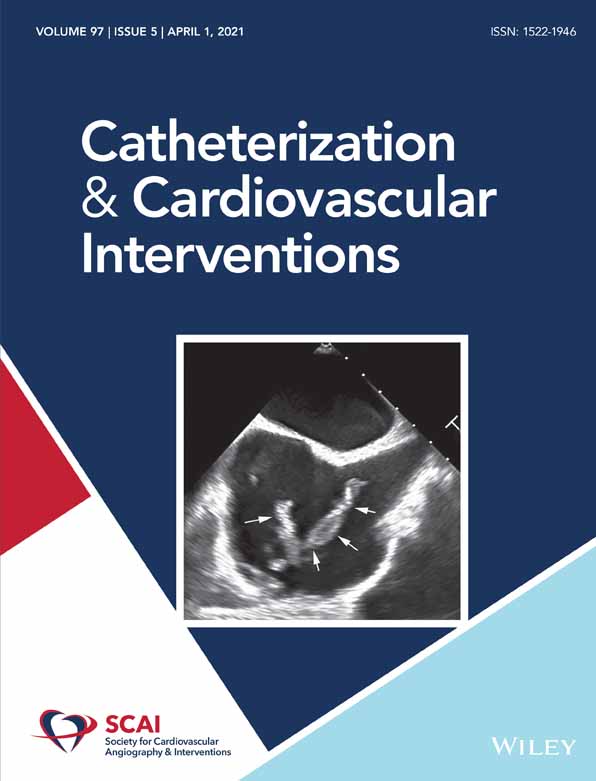Transcatheter tricuspid valve replacement in dehisced flexible ring
Abstract
Transcatheter tricuspid valve-in-surgical annuloplasty ring is an appealing concept in light of the high mortality associated with reoperation on the tricuspid valve. The clinical necessity of this procedure is derived from a considerable failure rate of tricuspid repairs over time. The presented case demonstrates that transcatheter valve-in-ring is a feasible option for patients with flexible tricuspid ring even in the context of significant ring dehiscence. Meticulous procedural planning, preemptively addressing a potential paravalvular leak, and clear understanding of the intricate three-dimensional anatomy are imperative for procedural success.




